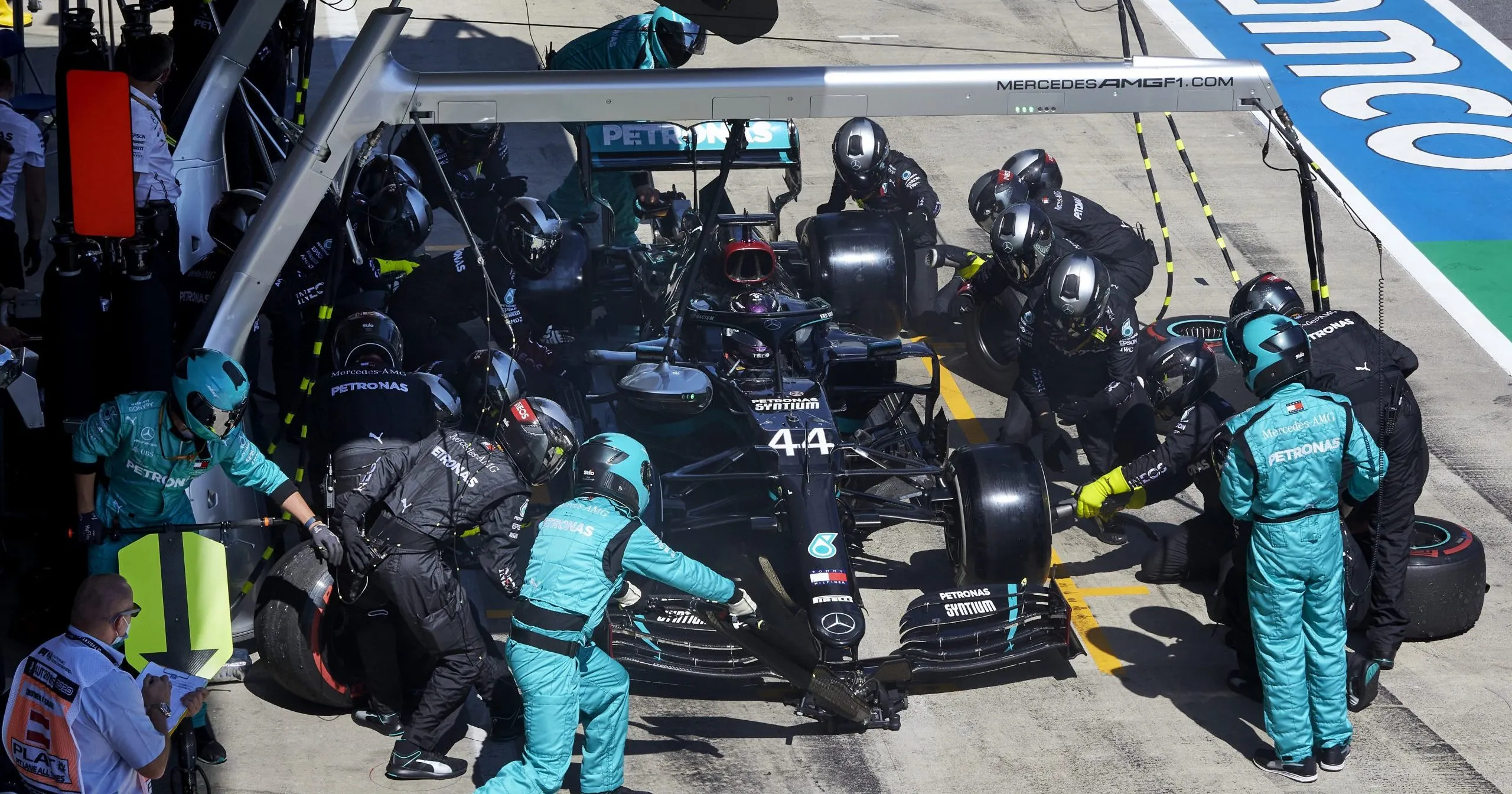Why Failing Fast Isn’t Failure At All
Blog: The Tibco Blog
For whatever line of work you’re in, you’ve probably heard the term “fail fast and fail often.” While failure was once taboo, it is now a guiding principle that drives company culture. In fact, failing fast and failing often is one of the best-kept secrets of companies leading in digital transformation. It creates innovation by giving the freedom to think beyond how things have always been done—and to disrupt and change for the better. But, no matter your budget or resources, you can still find a way to catalyze positive change. Still, businesses need to make sure they can efficiently learn what is and isn’t working in order to utilize their limited resources more wisely and maximize their ability to innovate.
Failing fast and failing often is one of the best-kept secrets of companies leading in digital transformation.
Click To Tweet
To fail fast and often does not mean to fail in a wild and disorganized fashion. It also doesn’t mean that failure should always appear as a negative result, for often failure is simply the discovery of an unintended outcome. As Thomas Edison once said regarding the invention of the light bulb, “I haven’t failed — I’ve just found 10,000 that won’t work. […] Many of life’s failures are people who did not realize how close they were to success when they gave up.”
Discovering failure needs to be done with appropriate analytics tooling and within the context of well-defined outcomes and business KPIs. To anticipate the future, you need to be prepared analytically and for many potential scenarios, and know how to react quickly.
An example of an organization that does this well is the Mercedes-AMG Petronas F1 team when it comes to identifying the best race vehicle setup for a given race weekend. Based on a wide range of variables — from track characteristics, weather, humidity, incline, and more — the team will make adjustments to the vehicle setup in order to aim for the best racing outcomes. The team’s approach uses data analytics to identify potential problems, find opportunities for improvement, and collaborate within sub-groups to make that improvement a reality.
Hence, the team runs millions of setup combinations to explore potential outcomes — only a small number of which will ultimately be used in the real world. Discovering millions of possible setup combinations does not mean failing millions of times; rather, a continuous improvement to not only find the setups that will yield the best outcomes, but also hundreds of thousands of other setup configurations that may be better suited for different racing conditions or scenarios. Knowing what works and does not work best gives the team confidence that Friday of a race weekend, the team is prepared with many options for, and able to quickly adapt to, any conditions that may arise.
At any business, employees need to be encouraged by their executive leaders to take risks in the context of examining potential outcomes, value theses, and ROI tradeoffs. Whether you want to break into a new market, create a new product or service, or enhance your current offering, you want to encourage employees to explore all options available in a calculated manner.
Global producer of polycrystalline silicon for semiconductors, Hemlock Semiconductor needed to accelerate process optimization and eliminate cost. With an advanced analytics and integration solution, Hemlock achieved centralized, self-service, governed analysis; revenue gains; cost savings; and more. “Now, we collaborate as one team and dig into the data in real time to be able to solve problems,” said Keith Carey, CIO. “Enabled by data and the Spotfire platform, the speed at which we learn and fail fast is significantly different from the past.”
While executives are primarily responsible for creating an environment and setting the goals for innovation, it’s the company’s teams and departments who select the technology that helps them execute successfully. Teams essentially drive shadow innovation, using a variety of technologies to fail fast in order to solve a problem. They tend to choose technologies based on what they can bring to their department and later the entire organization. This is typically seen in companies with innovative cultures that foster that type of environment and encourage employees to experiment, rewarding them for doing so.
An example of a company where this has taken place is Istrabenz Plini, a leading gas company in the Slovene market. The company was initially challenged with providing customers with reliable products and services and automating its manual reporting processes. Through the implementation of predictive analytics, Istrabenz Plini was not only able to improve its customer loyalty but also found that the same technology could support its transformation from distributor to becoming a multi-utility company. Often innovation that starts in one area of a business can impact not only another department but the entire company.
By implementing appropriate technology tools, simulations, what-if scenarios, and value theses, your company—no matter the size or industry—can experiment and find ways to close some of the gaps your company might face in a cost-effective and efficient way. You never know, one of them might just turn into your next million-dollar idea.
Learn how Mercedes-AMG Petronas F1 sifts through billions of possible setup combinations to find the winning combination for a competitive advantage. Contact us to learn how we can help your organization innovate to help reinvent your business, improve your operational efficiency, and bring you closer to your customers.
